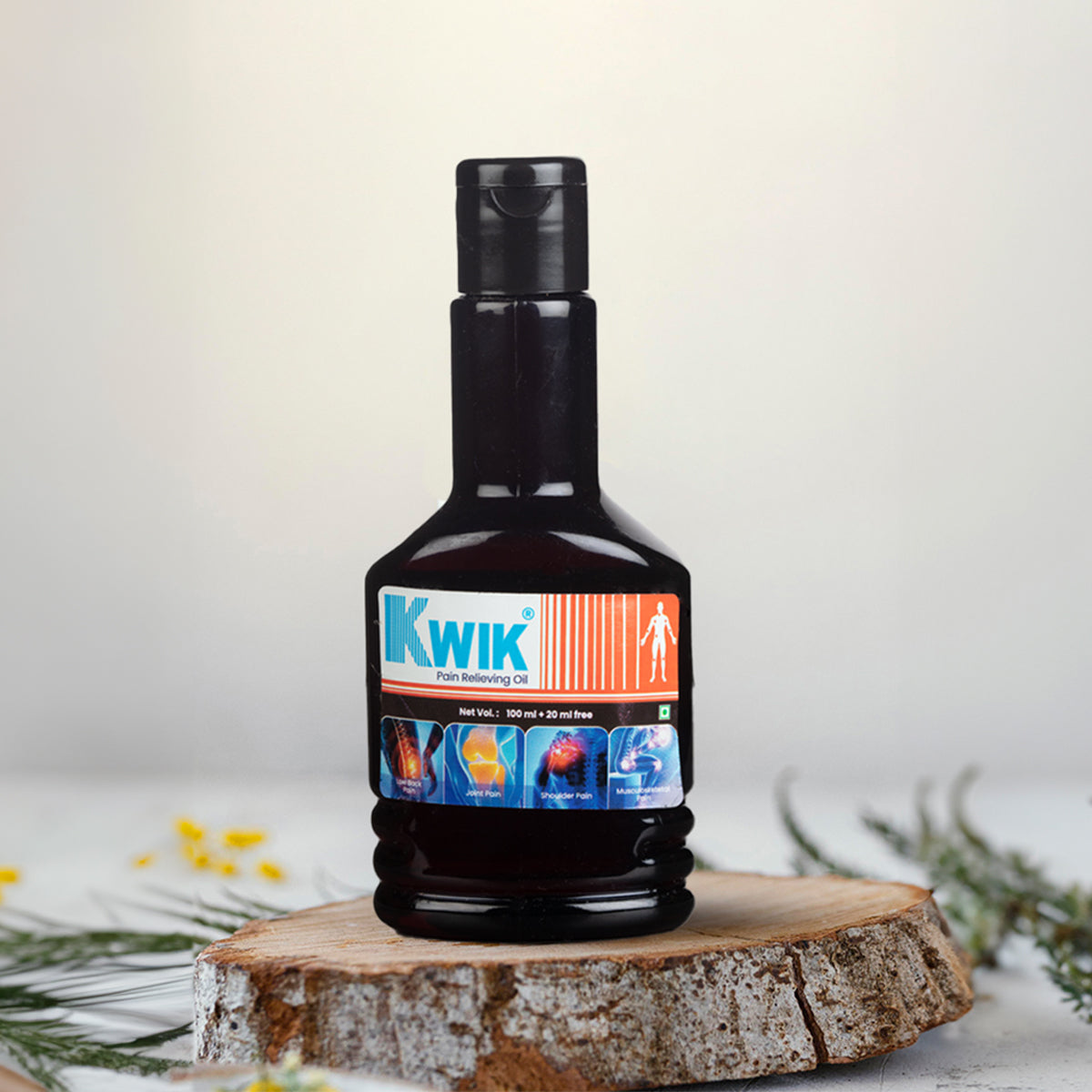Working out during summer feels like trying to exercise inside an oven. And when that post-workout soreness kicks in, it's like adding red chillies to a dish already overflowing with spice.
Why Summer Workouts Feel Tougher on the Body
If you’ve ever had your arms or legs refusing to move after some intense workout, you know the struggle. Add the scorching summer heat to that and you've got the recipe for a very sweaty, sore situation.
So, how to handle that post-workout burn in summers?
Post-Workout Soreness and Summer
So you hit the gym, you do your squats, lunges, planks, and lifts, and you’re feeling like a superhero…until you wake up the next day with sore muscles. That’s Delayed Onset Muscle Soreness, or DOMS. It’s totally normal and just means your muscles are adapting to all that hard work.
But here’s the kicker. Soreness during summer can feel way worse. Why’s that? Here’s why.
· The Heat Makes It Tougher: Your body’s already working hard to cool you down while you're exercising. Add muscle recovery to the list, and it’s like your body’s multitasking in a heatwave.
· You Sweat More, You Lose More: Sweating means loss of salt, potassium, and other good stuff your muscles need to function well. Without enough electrolytes, your muscles get cranky. Hello cramps and stiffness.
· Dehydration: You already have a much higher risk of dehydration during summers, and dehydration means sore and angry muscles. Not fair, not fair.
How Do You Handle Soreness During Summer
Whether you’re a gym regular or someone who's just getting into fitness, here’s how to soothe that summer body soreness and bounce back stronger.
Hydrate Like a Boss
Before, during, and after your workout – drink that water! It could be any type – plain water, coconut water, lemonade, or an electrolyte drink if you’re fancy. A hydrated muscle is a happy muscle, and it’ll recover faster and hurt less.
Cool It Down
Try using cold compresses or take a cool shower post-workout. This helps reduce inflammation and calms down that burning sensation in sore areas, almost instantly.
Pain Relief Products
No, we’re not talking about oral pills; we’re talking about topical pain relievers. When you’ve got soreness during summer, sometimes all your body wants is a little TLC in the form of pain relieving products.
· Pain Relief Oil: This one’s great if you enjoy a relaxing massage after a workout. Most pain relief oils are Ayurvedic or herbal, packed with ingredients like that soothe your muscles and give instant relief. Massage in circular motions post-shower and relax for a while. Massaging helps improve blood flow too, so it is a win-win situation for you any way.
· Pain Relief Gel: Do you like a pain reliever that absorbs fast without the greasiness? A pain relief gel is your BFF. Pain relieving gels sink into your skin, soothe the aching and affected area, and reduce that deep muscle ache in no time. They’re perfect for quick daytime relief, post-run calf pain and body stiffness from lifting weights.
· Pain Relief Spray: On the go? Or just too sore to even touch the area? Use a pain relief spray. It gives cooling relief in seconds and is super travel-friendly. They are perfect for hard-to-reach areas like your back or lower spine. One quick spritz and you’re sorted.
Stretch It Out
Light stretching post-workout helps prevent stiffness. You don’t need to do a full-on yoga session; just 10-15 minutes of gentle stretching can make a world of difference.
Rest Days
Taking a rest day doesn’t mean you're slacking; it just means you’re giving your muscles time to rebuild and grow. You don’t need to be on beast mode 24/7. Rest is part of the gains, so use your rest days to walk, stretch, hydrate, and rest.
Wrapping up
Working out in the summer is already a mission. You don’t want post-workout aches make it worse. Soreness in summer might be very normal, but with the help of the tips we shared above, you can bounce back in no time. But if the pain feels strong and unbearable to the point where you cannot move your joint or muscle, or if the soreness doesn’t go away after 3-4 days, listen to your body and see a medical professional.


